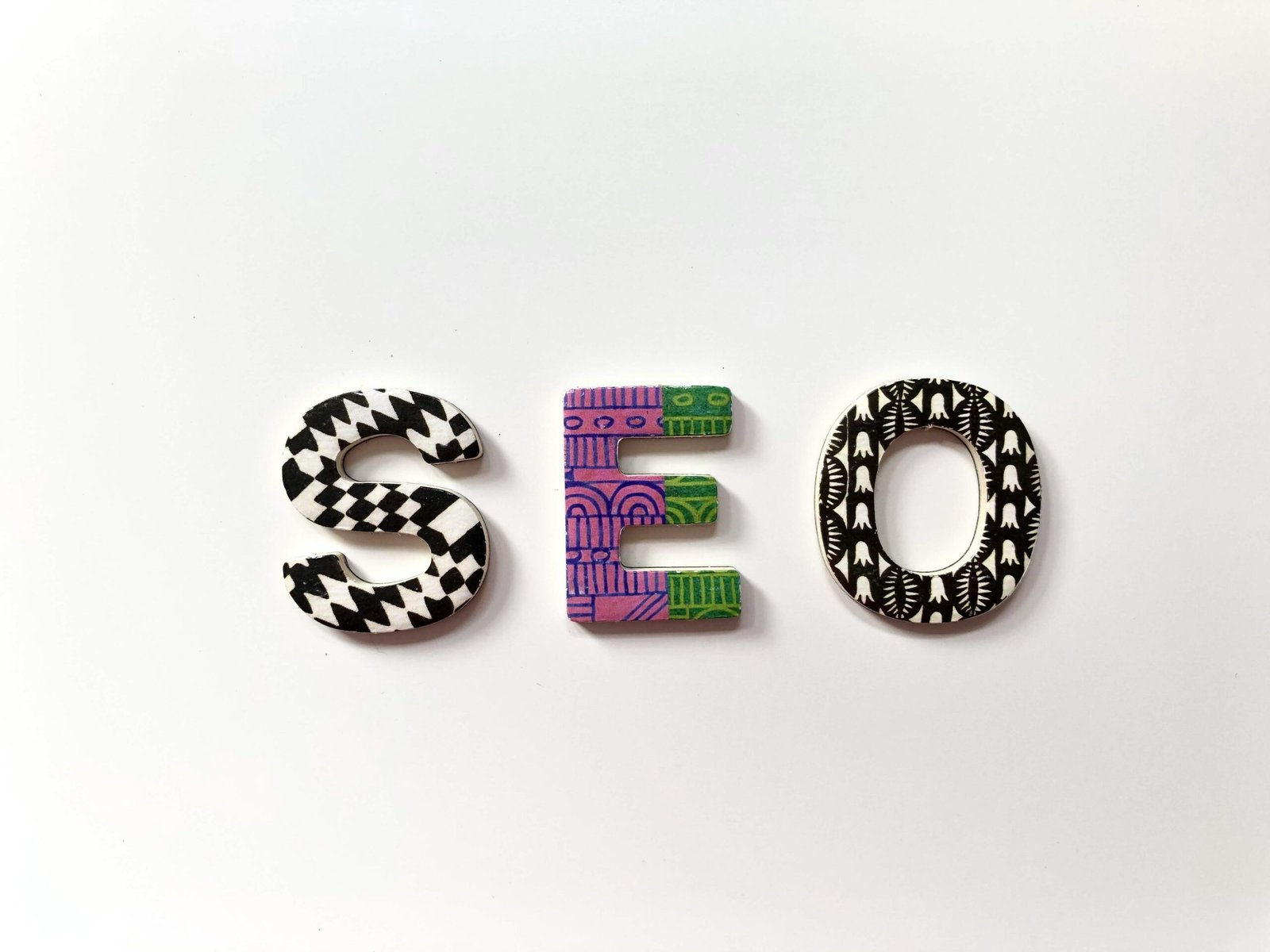How to Write the Best Article for Your Website: A Guide to SEO Success
Understanding Your Audience and Keyword Research
To craft compelling content that resonates with your audience, it is crucial to first understand who they are. Knowing your target audience shapes your content strategy, ensuring that your articles meet their needs, preferences, and pain points. Begin by creating detailed audience personas, which encompass demographic information, interests, challenges, and online behavior patterns. This foundational step allows you to tailor your content to speak directly to your readers, fostering a stronger connection and higher engagement.
Equally important is conducting thorough keyword research, which serves as the backbone of SEO success. Tools like Google Keyword Planner, SEMrush, and Ahrefs are invaluable for identifying keywords that can drive traffic to your site. Start by brainstorming a list of potential keywords related to your niche. Input these keywords into the tools to analyze search volume and competition levels. The goal is to find high-volume, low-competition keywords that offer the best opportunity to rank well in search engine results.
However, it is not just about the volume of searches a keyword attracts; understanding user intent is paramount. User intent refers to what users are actually looking for when they enter a query into a search engine. Keywords can be categorized by intent, such as informational, navigational, and transactional. Prioritize keywords that align with the intent of your target audience. For instance, if your audience is seeking information, focus on informative content; if they are looking to make a purchase, emphasize transactional keywords.
Incorporating these insights into your content strategy ensures that your articles are not only optimized for search engines but also genuinely useful to your readers. By effectively leveraging tools like those offered by ai18 store and integrating the right keywords, you can enhance your site’s visibility, attract the right audience, and boost overall engagement.
Crafting an Engaging and SEO-Friendly Title
Creating an engaging and SEO-friendly title is paramount for capturing readers’ attention and improving search engine rankings. The title of your article serves as the first impression, and it must be both compelling and optimized for search engines. To achieve this, incorporate primary keywords naturally without compromising the readability or appeal of the title. For instance, if your primary keyword is “ai18 store,” a title like “Top 10 Strategies to Boost Your Sales at AI18 Store” effectively integrates the keyword while remaining engaging.
Best practices for crafting such titles include keeping them under 60 characters to ensure they display fully in search engine results. Using numbers or lists can also enhance the title’s appeal, as readers are often drawn to articles promising structured and digestible content. For example, “5 Essential Tips for Creating an SEO-Friendly AI18 Store” is likely to attract clicks due to its clear promise of valuable information.
Posing questions in titles can further engage potential readers by directly addressing their queries or pain points. A title like “How Can You Optimize Your AI18 Store for Better SEO?” not only integrates the primary keyword but also invites the reader to seek answers from your content.
In addition to crafting the main title, optimizing meta titles and descriptions is crucial for search engine visibility and improving click-through rates. The meta title should be a concise and compelling version of your main title, while the meta description should provide a brief summary of the article, incorporating relevant keywords and encouraging users to click through to your site. For example, a meta title like “Boost Your AI18 Store Sales: Top 10 Strategies” paired with a meta description such as “Discover effective strategies to enhance your AI18 store’s performance and drive more sales. Click to learn more!” can significantly improve your article’s visibility and attractiveness in search results.
Structuring Your Article with Headings and Subheadings
Effective structuring of an article is crucial for both readability and SEO optimization. Utilizing appropriate headings such as H1, H2, H3, and beyond, plays a significant role in guiding readers through the content seamlessly. The H1 tag is typically reserved for the main title, which should encapsulate the core theme of the article. Subheadings, such as H2 and H3, help in breaking down the content into digestible sections, making it easier for readers to follow along. Ensuring that these headings are keyword-rich, relevant, and logically ordered will improve both user experience and search engine ranking.
The AI18 Store, for instance, exemplifies this practice by incorporating well-structured headings and subheadings in their articles. This not only helps in maintaining a logical flow but also enhances the visibility of key points within the content. For enhanced readability, it is advisable to use bullet points and numbered lists to present information concisely. This method allows readers to quickly grasp essential details without wading through long paragraphs.
Short paragraphs are another important aspect of article structuring. They prevent the text from appearing dense and intimidating, thereby encouraging readers to engage more deeply with the content. Each paragraph should ideally focus on a single idea, facilitating a clear and coherent narrative.
In longer articles, incorporating a table of contents can significantly improve user experience. This navigational tool allows readers to jump directly to sections of interest, thereby enhancing engagement and satisfaction. Additionally, a table of contents aids search engines in indexing the content more effectively, further boosting SEO performance.
By meticulously structuring your article with appropriate headings, subheadings, bullet points, and short paragraphs, you can create a reader-friendly and SEO-optimized piece. The AI18 Store’s approach to content structuring serves as a valuable model in achieving this balance, ultimately contributing to the overall success of your website’s articles.
Optimizing Content for SEO and User Engagement
Optimizing content for both search engines and readers is a multifaceted process that requires a strategic approach. First and foremost, incorporating primary and secondary keywords naturally throughout the article is essential. Keywords like “ai18 store” should be seamlessly integrated into the text to avoid disrupting the flow and maintain readability. A balanced keyword density, where the primary keyword appears approximately 1-2% of the total word count, is ideal to avoid keyword stuffing and potential penalties from search engines.
Internal and external links play a critical role in providing value to readers and enhancing SEO. Internal links guide visitors to related content within your website, improving navigation and encouraging longer site visits. External links to authoritative sources can bolster the credibility of your content, while also demonstrating to search engines that your article is well-researched and trustworthy.
Multimedia elements like images, videos, and infographics significantly enhance user engagement. They break up text, making the article more visually appealing and easier to digest. Optimized images with relevant alt text can also improve search engine rankings. Videos and infographics can convey complex information succinctly, catering to various learning preferences and potentially increasing shareability.
Mobile optimization is another critical factor, as an increasing number of users access content via mobile devices. A responsive design that adjusts to different screen sizes ensures a seamless user experience, regardless of the device. Additionally, page speed is paramount; slow-loading pages can lead to higher bounce rates, negatively impacting both user engagement and SEO. Utilizing tools to compress images and leveraging browser caching can help improve load times.
Finally, a user-friendly design with clear headings, subheadings, and bullet points enhances readability and helps retain visitors. Editing and proofreading are indispensable steps to ensure content quality. Error-free, well-structured articles not only boost credibility but also provide a pleasant reading experience, encouraging repeat visits.














Post Comment